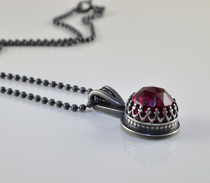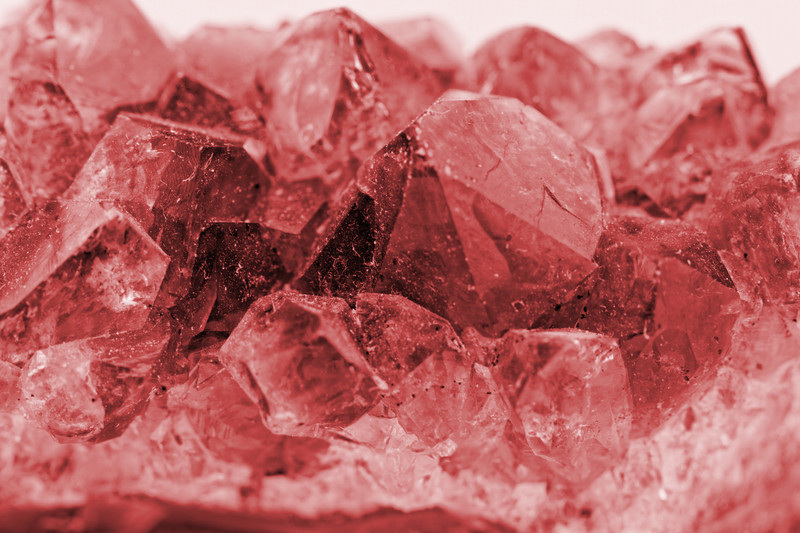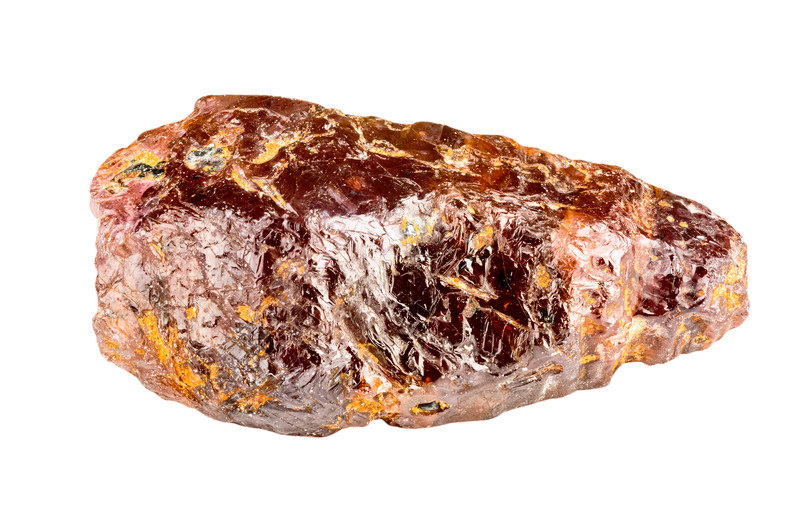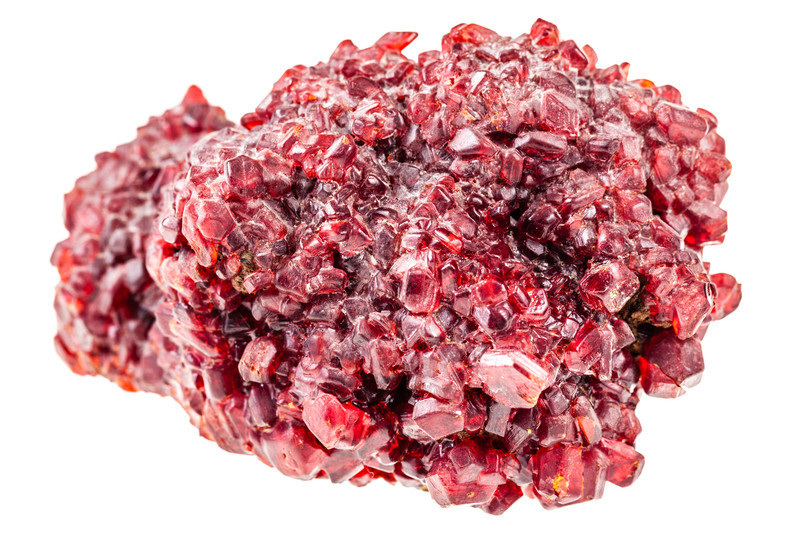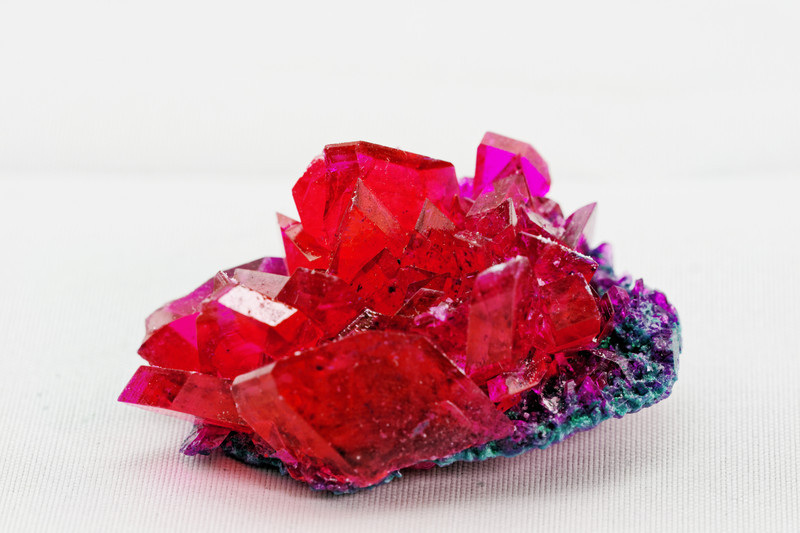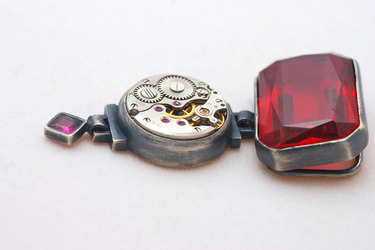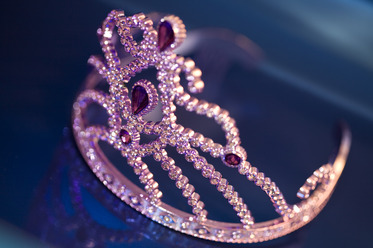|
Ruby Gemstone History
The earliest records for the mining of rubies go back over 3500 years in Myanmar and over 2500 years in Sri Lanka. The ancient Hindus considered rubies to be “Ratnaraj” or the “king of precious stones”. Thirteenth- century medical literature from India claims that rubies could cure digestive disorders. Burmese warriors rubies under their skin to protect them in battle.
Why ruby is a rare gemstone?
|
|
Ruby gemstone is rare because the chance of formation of ruby is very uncommon. Ruby owes its fascinating pigeon red color to the presence chromium in its structure. Chromium is rarely found in the upper regions of the Earth's crust. In other words, when ruby was formed, the very uncommon chance must have happened that chromium oxide, which usually exist in great depths in the earth, was present at exactly the right time when the alumina was crystallizing.
Ruby Gemstone sources
deep red gemstones mainly come from Mogok, Myanmar, and Thailand; while the pinker gemstones usually come from Afghanistan, Sri Lanka, Cambodia, and Vietnam. You can find our interactive map for gemstone of the world Here.
|
Ruby Gemstone Treatment
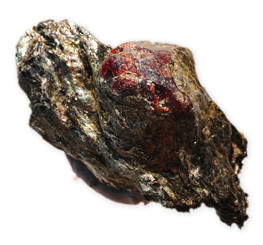 Ruby Pakistan
Ruby Pakistan
Gem-quality Ruby is very rare in their natural conditions and wide range of mined rubies has inclusions. However these inclusions are not indicative of lower quality, but show the difference between natural and synthetic gemstone. There are several methods to enhance rubies 1) routinely heat treatment of the gemstone is needed to improve its appearance. Most of the natural rubies are found with "silk" inclusions, heat treatment is used to melt these silk inclusions to improve the clarity of the gemstone. Heat treatment also gives the gemstone deeper red color. Heat treatments are considered as extremely stable, 2) fracture filling is a common practice that reduces the visibility of flaws by making the fracture non-reflective, 3) Ruby is commonly diffusion treated in the presence of berylium, this means low quality rubies are heated over prolonged period of time in presence of berylium to enhance the color of the gemstone.
Ruby Gemstone in Jewellery
Ruby has been used for centuries in jewellery industry due to its magnificent red color. Due to its magnificent, intense red color, ruby is one of the most expensive gemstone in jewellery industry. As it is a hard gemstone it can be used in all kinds of jewelry including rings, earrings, and necklaces. Jewelers often mix ruby with diamond and emerald to create stunning jewellery. For a very comprehensive guide, you can find all you need to know for buying ruby jewelry here.
Ruby Gemstone Care
Rubies are both a hard and durable and can be cleaned using an ultrasonic cleaning machine, any commercial jewelry cleaner or mild soap and lukewarm water using a soft brush. Rubies with a glass-like residue in surface-reaching fractures should not be cleaned with an ultrasonic or steam machine. Be sure to rinse and dry your jewelry thoroughly after cleaning.
ruby gemstone inclusions
Perfectly flawless rubies are very rare to find. They almost always contain foreign microcrystals. These have either originated from the surrounding matrix, or have grown along with ruby, or have subsequently crystallized out as so-called rutile needles. These rutile needles can forn a fine network, called "silk". Other inclusions are streamers of fluid droplets, which in their delicate, weblike arrangement resemble dragon-fly wings. Inclusions serve as undesirable proofs of origin, this means observing these inclusions can help to distinguish earthborn rubies from the synthetic (man-made) rubies.
Ruby Gemstone Healing Properties and Benefits
Nurturing, spiritual wisdom, attainment of values, economic stability, protection from distress.
Zodiac sign: cancer
Birthstone: July
Chakra: Heart, base
Birthstone: July
Chakra: Heart, base
Ruby Gemstone Basic Properties Table
| Chemical Formula | Aluminium oxide (Al2O3) |
|---|---|
| Color | Varying red |
| Hardness | 9 on the Mohs scale |
| Crystal System | Trigonal, hexagonal prisms or tables, rhombohedrons |
| Refractive Index | 1.762 - 1.778 |
| Transparency | Transparent to opaque |
| Cleavage | None |
| Fracture | small conchoidal, Brittle |
Related articles:
Ruby shopping guide
Ruby's meaning and magical power
Photo Credit: www.shutterstone.com
Ruby shopping guide
Ruby's meaning and magical power
Photo Credit: www.shutterstone.com

